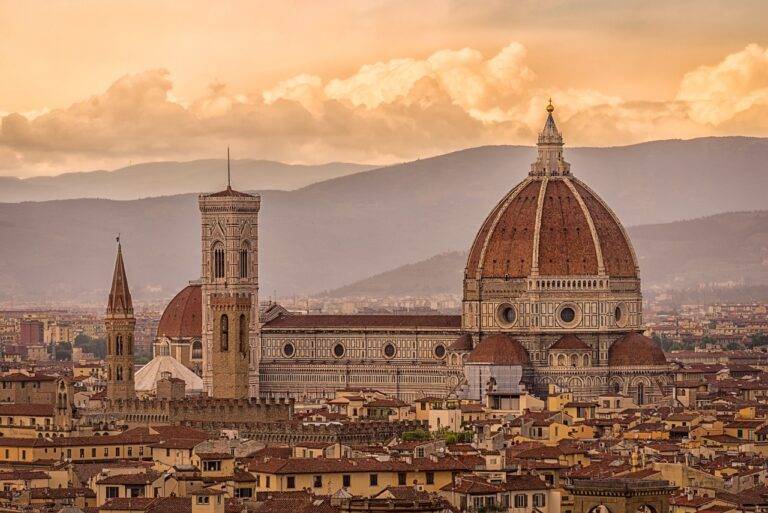Food Festivals Around the World: Celebrating Gastronomic Delights
Food festivals come in a diverse range of types that cater to various culinary preferences and cultural traditions. Some festivals celebrate a specific ingredient, such as garlic or strawberries, showcasing its versatility in a multitude of dishes. Others focus on regional cuisines, allowing attendees to explore the unique flavors and cooking techniques of different areas.
Alternatively, some food festivals revolve around a particular type of dish, like BBQ competitions or chili cook-offs, where chefs compete to create the most mouthwatering and innovative versions. Additionally, there are festivals centered around street food, offering a taste of authentic and popular street eats from around the world.
History of Food Festivals
Food festivals have been celebrated throughout history as a way to honor and celebrate the abundance of food and the cultural significance of different cuisines. The roots of food festivals can be traced back to ancient times when communities would come together to share and feast on the harvest of the season. These early gatherings not only provided sustenance but also served as a way to strengthen social bonds and traditions.
As civilizations evolved, so did the concept of food festivals. In medieval Europe, food festivals were often tied to religious celebrations and feast days. These events were marked by elaborate banquets featuring exotic ingredients and dishes prepared by skilled chefs. Food festivals became a way for communities to showcase their culinary prowess and indulge in the flavors of the region.
• Food festivals have a long history dating back to ancient times
• Early food festivals were a way for communities to come together and celebrate the abundance of food
• In medieval Europe, food festivals were often tied to religious celebrations and featured elaborate banquets with exotic ingredients.
Popular Food Festivals in Europe
Each year, Europe plays host to a plethora of vibrant and diverse food festivals that showcase the rich culinary traditions of the continent. From the aromatic delights of garlic festivals in Provence to the mouth-watering olive oil tastings in Greece, there is a festival to cater to every palate.
In Spain, the La Tomatina festival in Buñol attracts thousands of visitors who come together to participate in the world’s largest tomato fight. The streets are transformed into a sea of red as participants gleefully throw ripe tomatoes at each other, creating a joyful and chaotic atmosphere that is unique to this lively festival.
What are some popular food festivals in Europe?
Some popular food festivals in Europe include Oktoberfest in Germany, La Tomatina in Spain, Cheese Festival in Italy, and Chocolate Festival in Belgium.
What is the history of food festivals in Europe?
Food festivals in Europe have been a longstanding tradition, dating back centuries. They often celebrate local cuisine, culture, and traditions, and bring communities together to enjoy delicious food and drinks.
What are the main types of food festivals in Europe?
The main types of food festivals in Europe include beer festivals, wine festivals, cheese festivals, chocolate festivals, seafood festivals, and fruit festivals. Each festival typically highlights a specific type of food or drink that is popular in the region.





